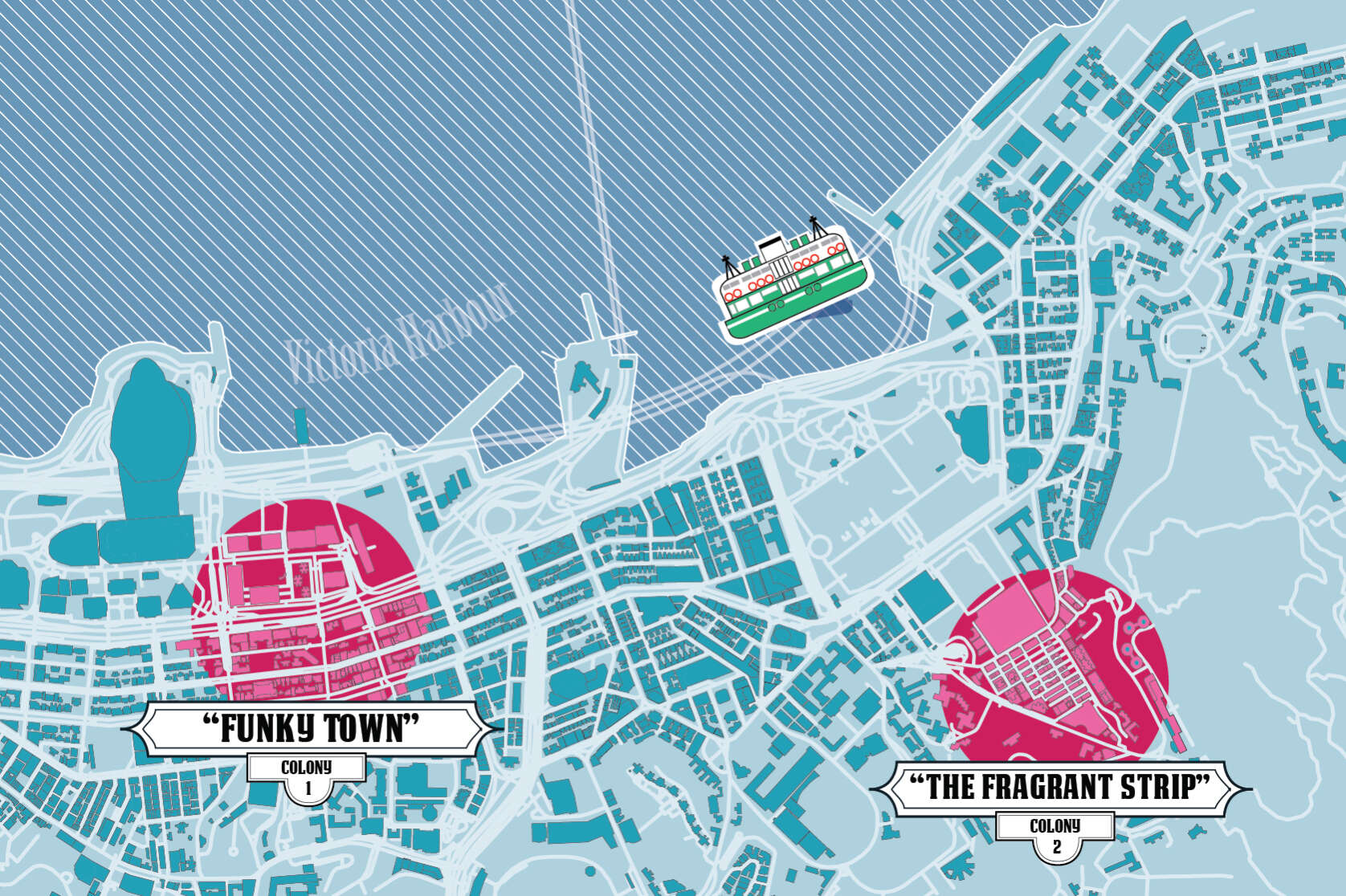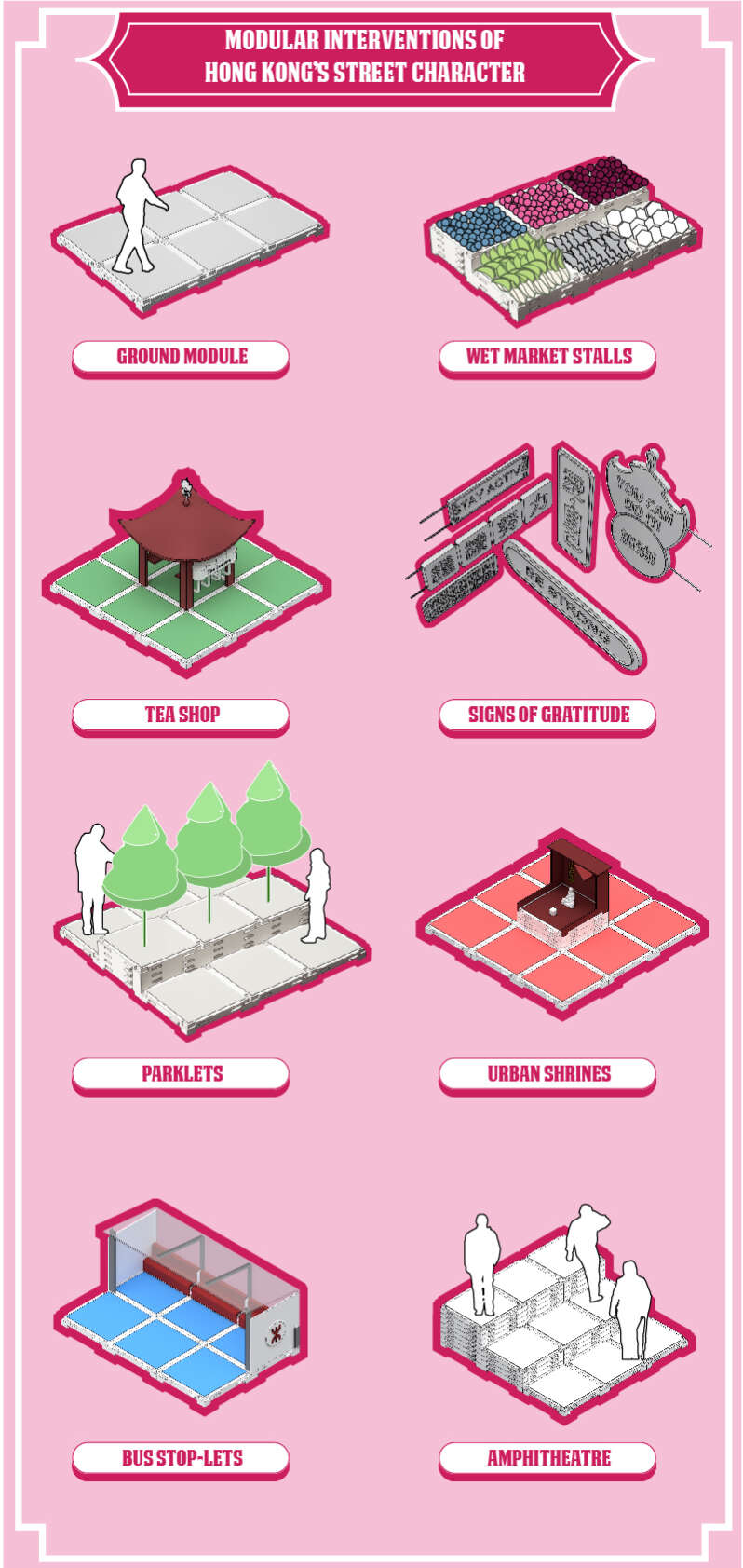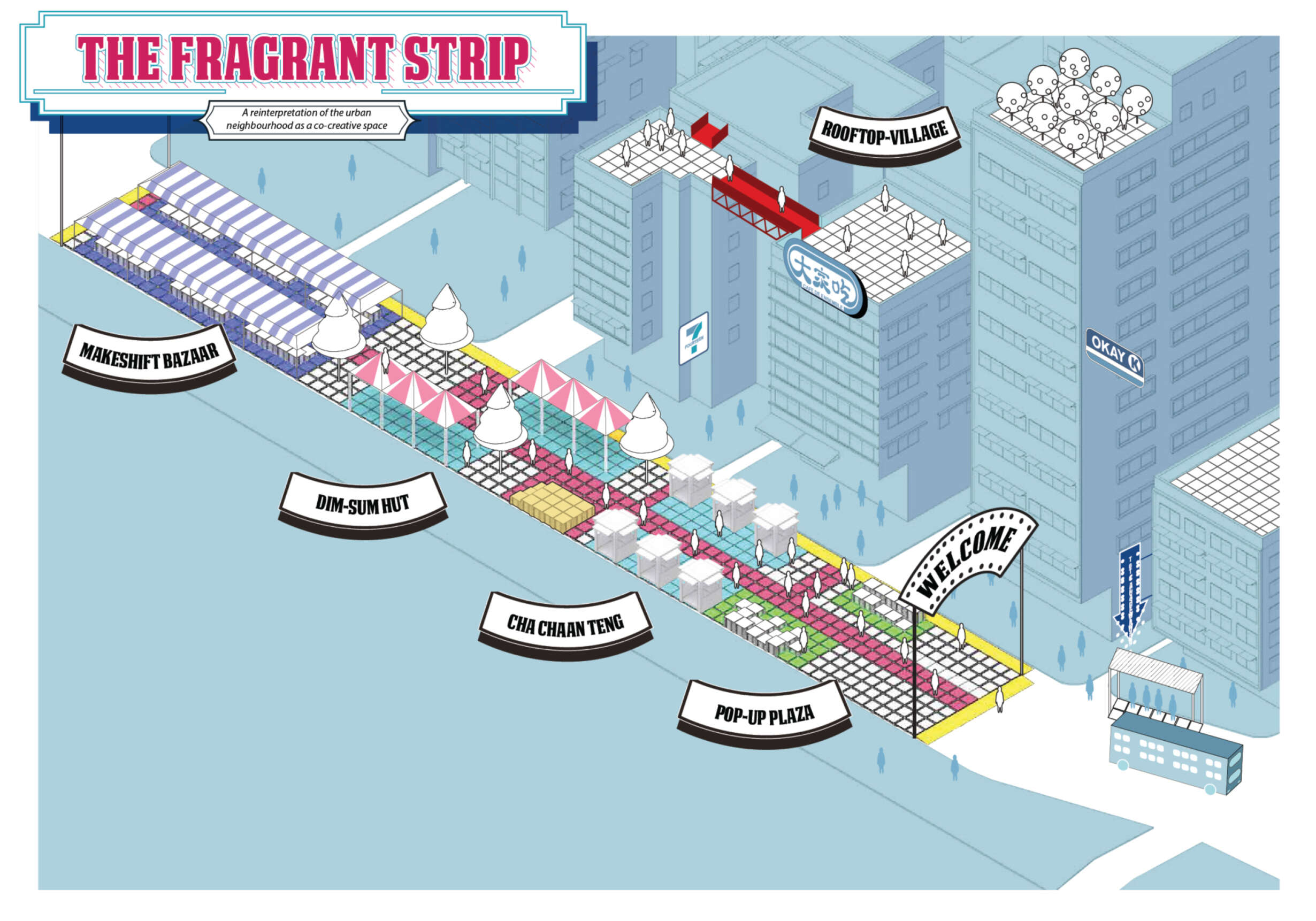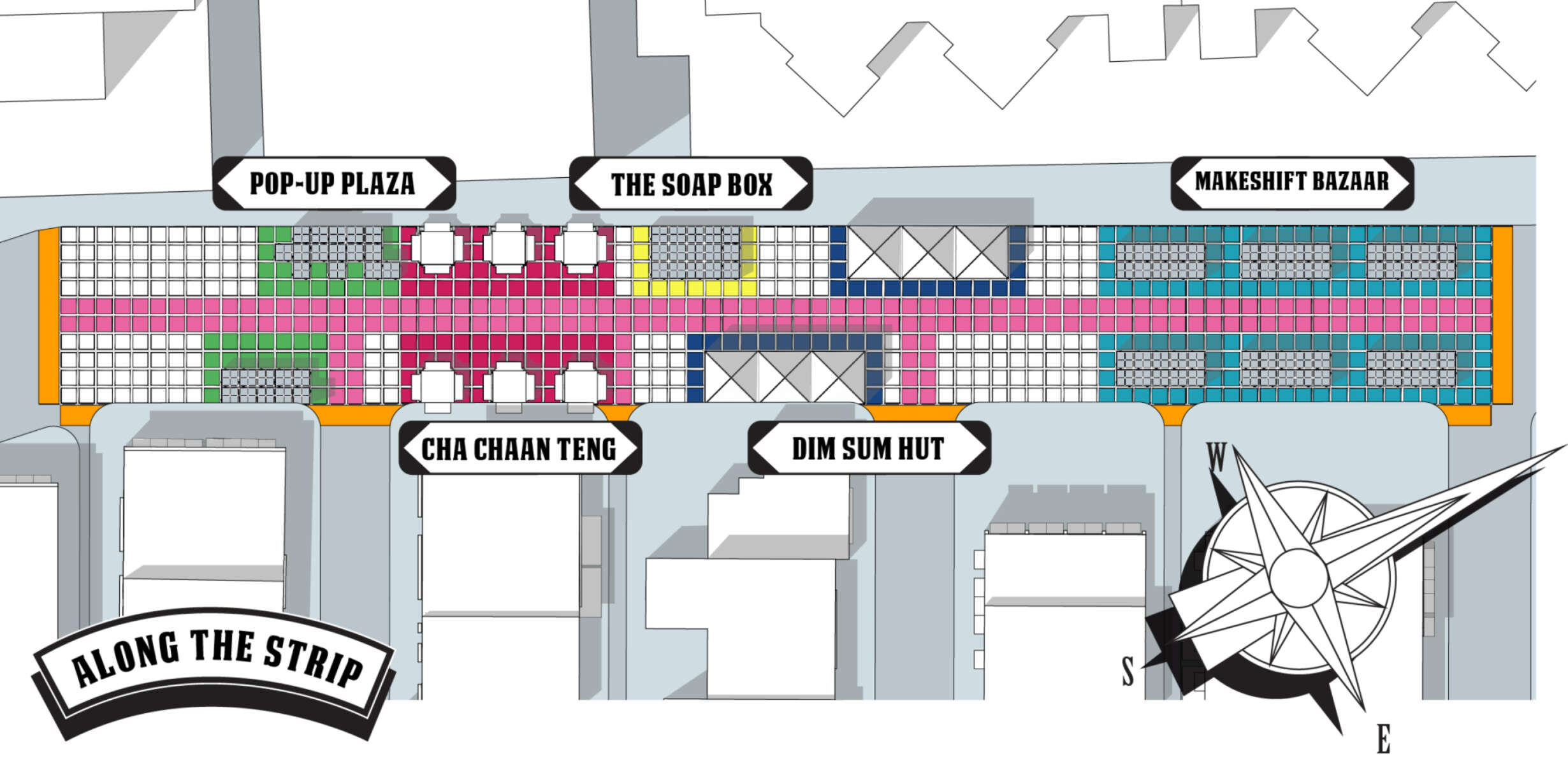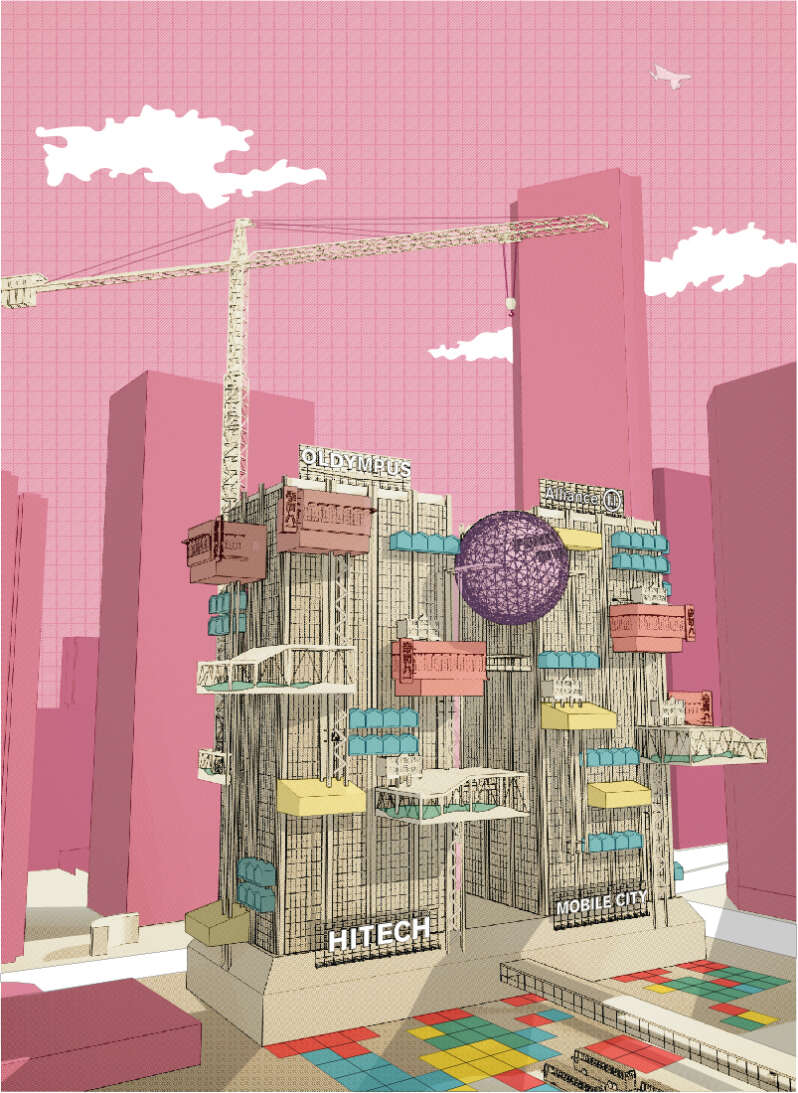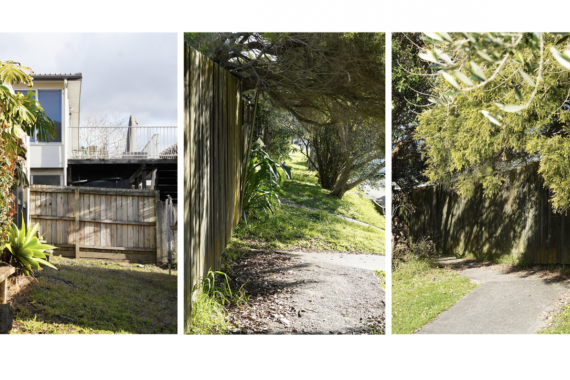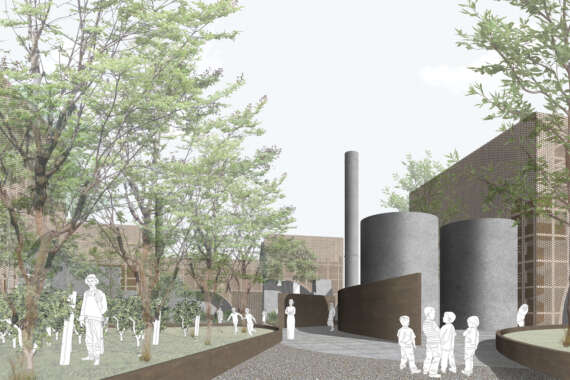What is more alarming is that Hong Kong is subject to a housing crisis and land shortage which, together, inherently force changes to the urban environment. Districts are being gentrified, disrupting local communities and displacing socially connected residents. These issues inhibit liveability for the elderly population.
This research explores a new elderly care system designed alongside the existing urban fabric, facilitating vacant spaces in light of change.
The elderly population is conflicted by several issues that are bound by cultural and political control
The change in the inter-generational structure of living means the elderly are still involved in work and career while living independently. On the other hand, some are socially isolated from the contemporary world.
Elderlies in Hong Kong have a grounded connection with the built environment they have grown accustomed to, raising the need to preserve aspects of familiarity to retain community well-being.
The provision of elderly care in Hong Kong is a waitlisted service with an estimated wait time of six years. Those for whom the need is urgent, that wait time is too long.
To progressively change the built environment to suit the changing demands of the ageing population, modularised public spaces and interventions are adopted in the design process. Determining specific interventions required studying profiles of the average elderly (aged 60+) in Hong Kong; their daily routines, and the disappearing cultural practices that the ageing have grown accustomed to.
The proposal is constructed as a two-part scenario, which targets a different sub-group of the ageing population. The first exploration, 'The Fragrant Strip', aims to re-implement and preserve lost amenities into the urban fabric of Tai Hang, a desolated, gentrifying sub-community. The modularisation of its roads allows the residents to engage in co-creating their spaces' future.
